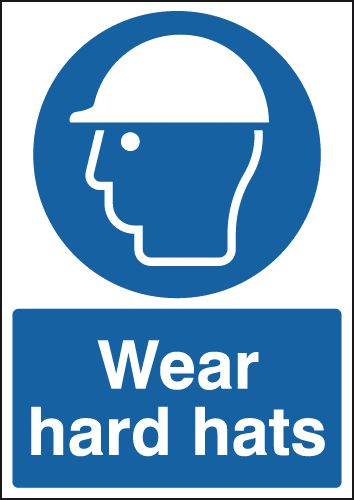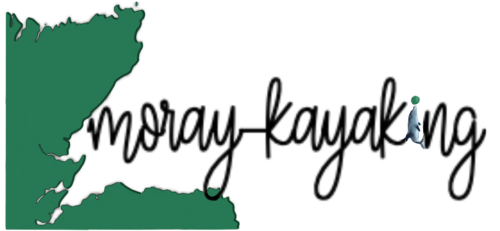
I have recently been working with an organisation who are developing peer-support communication skills, and having completed two sessions with them, learning about how challenging their work-lives became as a result of extreme psychological trauma rather than physical, I was intrigued to explore how workplaces have approached this in the past and how they are now shifting towards greater awareness of psychosocial risks.
Of course, stick with me to find out how paddling is the answer to most of this 😉

The model (above) is in development so please feel free to comment if you think I am missing something. As I write I am already considering tweaks.
On the top line we see the traditional pathway for managing risk focussed around physical risk management, and there are a huge range of safe practice training courses relative to the industries involved. Most industries also have a health & safety manager who looks at workplace risks and mitigates as necessary under this section of the model.
Staying on the top line, we move to the right where something has gone wrong. This is a reactive area where it is necessary to provide medical support after something has gone wrong. So First Aid is the most obvious aspect here but I could also have noted things like the provision of fire extinguishers etc in the workplace as an ‘after the event’ intervention.
Now dropping to the bottom line we enter the area that is most interesting when dealing with psychological trauma. From my own experience the pathway ought to look as I have depicted with some form of wellbeing training (and of course other mitigations for psychosocial risk). This section should also include how an employer provides the tools to deal with hazards in the same way as, for example, they provide a hard hat on a building site. I will come back to this area as this is where I see the biggest gaps in industry.
On the right I have highlighted Mental Health First Aid training, although employers also have other reactive policies and systems such as Employee Assistance Programmes, Trauma Incident Management and Suicide Intervention Training. If I am honest, there is a heavy emphasis on protecting the organisation ‘after the event’ rather than mitigating risk before.
On the whole employers and other organisations are improving in the development of wellbeing programmes and training. Recent budget constraints placed on our public services, however, will inevitably see these being eroded as other priorities take over. It’s a real concern that those who need it the most are likely to have it withdrawn first when the squeeze kicks in.
This view of psychosocial risk management is a key component placing paddling into the wellbeing agenda in my opinion. As I have often said, paddlers (like many outdoor enthusiasts) tend to see their activity as a way to build and maintain mental health resilience (even if they don’t express it like that). They are really good at filling the ‘management of psychosocial risk’ space. I know several paddling providers have also started to add Mental Health First Aid training into their skills base too, making them even more capable in this area as they start to fulfil the reactive part of this too.
Going right back to the point about psychological trauma and the impact that has had on people who suffered in the past. It’s too late to provide psychological hard hats to those with debilitating and lifelong PTSD, depression and anxiety – but it is not too late to define what a psychological hard hat looks like and start handing them out to those at risk. I genuinely feel that taking part in outdoor activity, especially paddle sports, supported by like-minded people is a pretty good addition to the ‘hard hat’ market. I realise it’s not going to stop a psychological building collapse crushing you, but if a only few bricks fall in your direction, it might just save your life.

Health & Safety: Personal Protective Equipment is the final piece in the hierarchy of control, we endeavour to educate to reach the largest amount of people how to recognise and avoid risk as far as reasonably practicable (ASARP) i.e. remove, replace, isolate and change, when the hierarchy of controls cannot be or only be partially met i.e., we have done all we can, then we protect.
I like the idea that a hard hat is (psychologically) a form of protection however as far as safety is concerned this would be the last line of defence.
I believe in working life it’s fair to assume most physiological needs are met but not all safety needs are. Psychological needs i.e. relationships, building new friendships but more importantly that feeling of accomplishment and gaining respect and recognition that (unfortunately) some employers fail to deliver, that for me is your Psychological hard hat.
For me it is a combination of both physical and psychological safety, once that helmet/hard hat is on your head nothing is getting to you, but once you take the (physical) helmet off the psychological hat remains in place and continues to protect.
I could be talking P*sh but hey ho 🙂
You might want to consider looking into Forest Bathing as an addition to paddling I think there may be a opportunity to combine. I wrote an article for work, I will share with you on the chat.
You are doing a great thing, all power to you.